Week Nine: Audiences and Liveness
Hi All
Today is the last taught seminar lesson blog. That means its the final aspect of the current issues in Drama, Theatre & Performance – Focusing on the audience and the reality of live-streamed theatre into the cinemas.
My views on live-streaming can be seen as a positive for the audience members who either fall into two categories. One being the audience member/s can not get the actual theatre because they live too far away or the other category group is the audience member/s who can not afford to go the theatre. Sometimes going to the theatre say in the West End can be too expensive to go and see a performance. So live streaming is more accessible for more people. However this can encourage the wrong sort of people going to see a production in the cinema.
NT Live (National theatre) decided to display there productions across the country to make theatre more accessible for smaller communities to see theatre, but by doing this they are taking away the aspect feeling you get of Liveness when seeing a production in the theatre. The atmosphere with in a cinema screening room is completely different. The audience take away the feeling of being in the theatre. You follow certain rules when in a theatre auditorium for example: You would not eat food (well most people follow that rule) until the interval if applicable. Yet in a cinema you are allowed to eat throughout the performance – well you’re not disturbing the performers on stage.
This issue links in with the digital performance argument with technology taking us other like a cyborg.
“Characteristics that young people identified as key components of their experience of liveness . . . : audience; the comfort and discomfort of presentness; performer vulnerability, risk and uncertainty; proximity to the live action; perceptions of realness; a sense of relationship with the actors; and the intensity of engagement”. (2012)
Theatre does not nor was made to be shown through the cameras’ eye, it was designed to entertain the masses live in a theatre. One of the problems felt by may people who are used to going to the theatre regularly say that the camera can not pick up on every piece of detail from the stage. Even if a performance is filmed with the use of multi-cam angles – it will never give you a true representation of the theatre.
In the session we had an open debate on our own views and opinions of Liveness in the theatre and the Liveness you get from watching theatre on a cinema screen.
There is many more points both good and bad when it comes to the aspect of “Liveness”.
Right then that’s all folks… Well sort of, got my reflection blog to do.
Thank you and goodnight
Bye x
Work Cited
Penny Bundy, Kate Donelan, Robyn Ewing, Josephine Fleming, Madonna Stinson, and Meg Upton, “Talking about Liveness: Responses of Young People in the Theatrespace Project,” NJ: DramaAustralia Journal 36 (2012): 18.
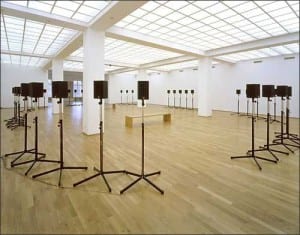
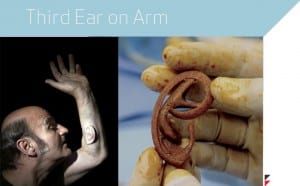
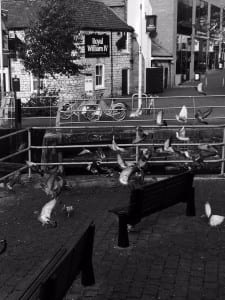
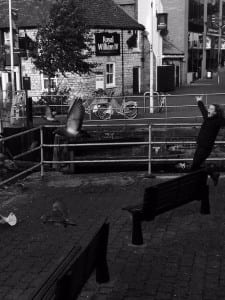
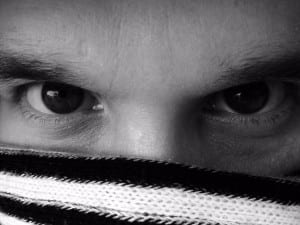
Recent Comments